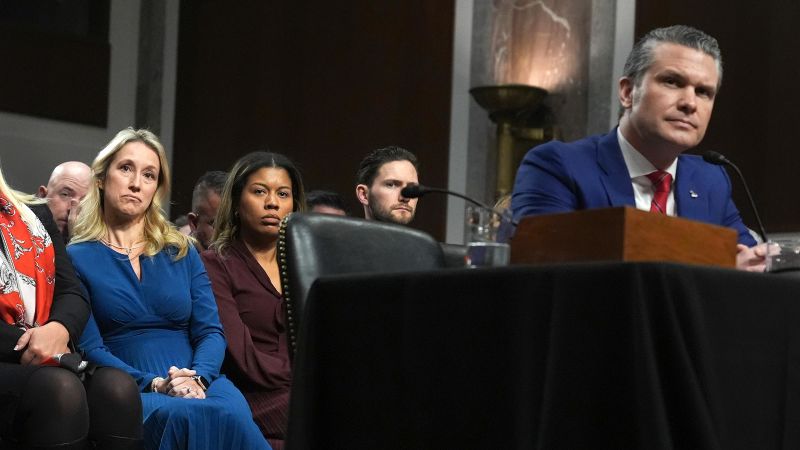Pentagon Insider Controversy: Pete Hegseth's Wife's Unexpected Influence Sparks Heated Debate

Recent revelations have cast a spotlight on Jennifer Hegseth, wife of Defense Secretary Pete Hegseth, after reports emerged of her involvement in a second group chat where sensitive military operational details were allegedly shared. The controversy highlights the unusual influence she appears to wield within the Pentagon, despite not holding an official position during her husband's brief leadership of the US military.
The ongoing scrutiny raises questions about potential ethical boundaries and the extent of informal communication channels surrounding high-level defense information. Jennifer Hegseth's apparent proximity to classified discussions has drawn increased attention to the complex dynamics of personal and professional relationships at the highest levels of military leadership.
As the story continues to unfold, it underscores the delicate balance between personal connections and the strict protocols expected in sensitive government roles. The incident has prompted broader discussions about transparency, communication security, and the potential risks associated with unofficial information sharing within military circles.
